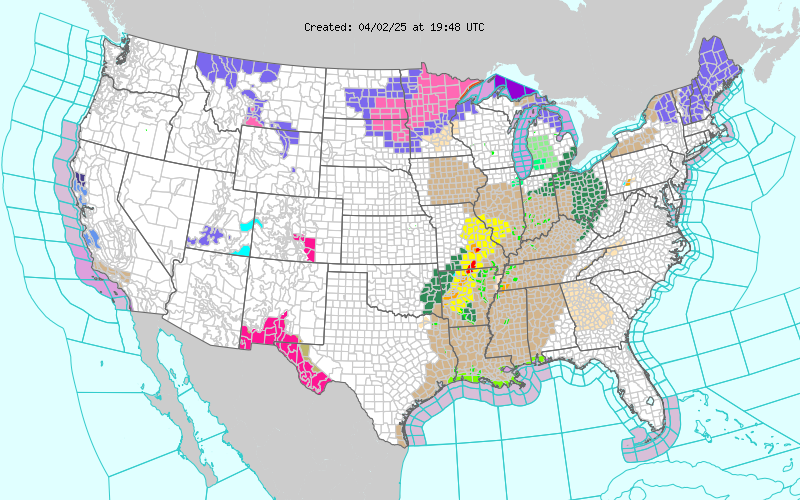Prophetic Dream - Brace Yourself!
I normally don't say much publicly about religion especially here on my weather web page. But this Pastor's Warning To America grabbed my attention. This man's dreams are intriguing, to say the least. Like he says he prays that he is wrong and so do I. Prophetic Dream - Brace Yourself! Quote- "This is Dana Coverstone. I’m a pastor. I’m a husband, I’m a father. I’m a patriot I love this country. I’m going to share three specific dreams that I’ve had recently. But I believe that I have a warning for the country. A warning for rural America. A warning for America overall. I don’t think I would be doing anyone a service if I don’t show what I saw in these dreams and visions. I believe that we’re going to see not just going to see a second huge wave of Covid between September, October, November. We’re going to see major things with the elections,… We’re going to see major chaos in our country. We’re going to see troops in our cities. We’re going to see the protests get eve...







